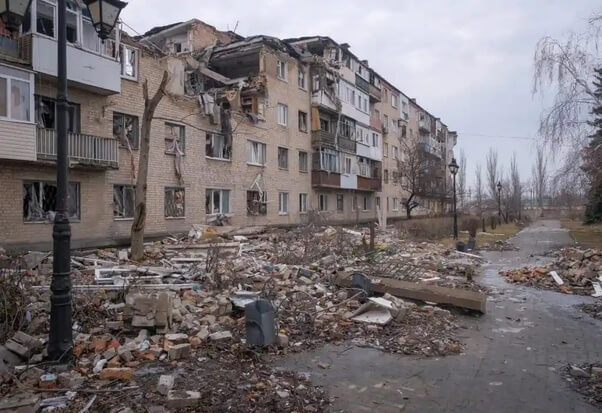Travel often brings to mind exotic locations, thrilling adventures, and unforgettable experiences.
However, not every destination lives up to these expectations.
Whether it’s due to safety concerns, pollution, or lack of attractions, some cities have earned a reputation for being less than ideal for tourists.
In this post, we’ll explore some of the worst cities to visit around the world, highlighting the reasons why they might disappoint.
Take a look: THE MOST BEAUTIFUL BUS STOPS IN THE WORLD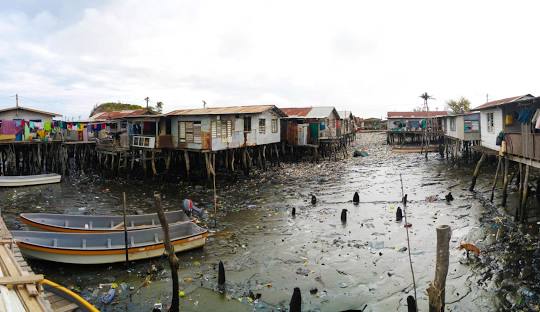
1. Port Moresby, Papua New Guinea
Port Moresby is frequently cited as one of the most dangerous cities in the world due to its high crime rates. Visitors often face the risk of muggings, assaults, and other violent crimes, even in broad daylight.
The city’s infrastructure is underdeveloped, and public transportation can be unreliable and unsafe.
While the natural surroundings of Papua New Guinea are stunning, Port Moresby itself lacks significant tourist attractions, making it less appealing for visitors.
2. Dhaka, Bangladesh
Dhaka, the capital of Bangladesh, is notorious for its overwhelming traffic congestion, pollution, and chaotic urban environment.
The city’s rapid population growth has outpaced its infrastructure development, leading to severe traffic jams and poor air quality.
Noise pollution is also a major issue, with the constant blaring of car horns and bustling crowds. Despite its rich cultural heritage, the challenges of navigating Dhaka can make it a stressful destination for tourists.
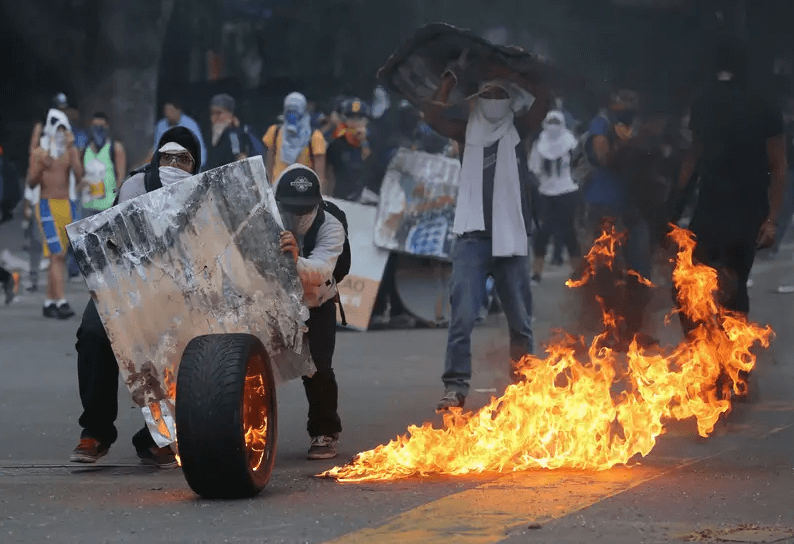
3. Caracas, Venezuela
Caracas has been plagued by political instability, economic turmoil, and a high crime rate for many years.
Visitors to the city face significant safety concerns, including the risk of robbery, kidnapping, and violent crime.
Basic necessities can be difficult to obtain due to shortages, and public services are often unreliable. Although Caracas boasts beautiful landscapes and vibrant culture, the ongoing crisis makes it a challenging and potentially dangerous place to visit.
4. Lagos, Nigeria
Lagos is one of the largest cities in Africa and a major economic hub, but it also has a reputation for being chaotic and difficult to navigate.
The city suffers from severe traffic congestion, pollution, and a high crime rate.
Tourists may find it challenging to move around safely, and scams targeting visitors are not uncommon. While Lagos has a rich cultural scene and lively markets, these are often overshadowed by the city’s numerous challenges.
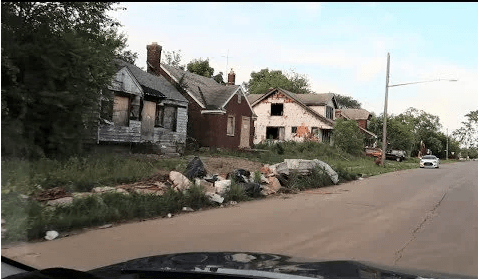
5. Detroit, USA
Detroit, once a thriving centre of the American automotive industry, has faced significant decline and economic challenges in recent decades.
High crime rates, abandoned buildings, and a struggling economy have tarnished the city’s reputation.
While there are efforts to revitalise Detroit and it does have cultural attractions, such as the Detroit Institute of Arts, the city’s ongoing issues make it less appealing for many tourists.

6. Guatemala City, Guatemala
Guatemala City is often bypassed by tourists heading to other destinations in Guatemala, such as Antigua or Lake Atitlán, and for good reason.
The city has a high crime rate, including violent crimes and theft, which can pose significant risks to visitors.
Additionally, the city’s traffic congestion and pollution detract from its appeal. While there are some historical and cultural sites, the overall safety concerns make it a less desirable stop for tourists.
7. Manila, Philippines
Manila, the capital of the Philippines, is known for its chaotic traffic, pollution, and overcrowded streets.
The city’s rapid urbanisation has led to significant infrastructure challenges, making it difficult for tourists to navigate. Noise pollution and poor air quality are also major issues.
Although Manila has historical sites and a lively cultural scene, the overall urban environment can be overwhelming and off-putting for many visitors.
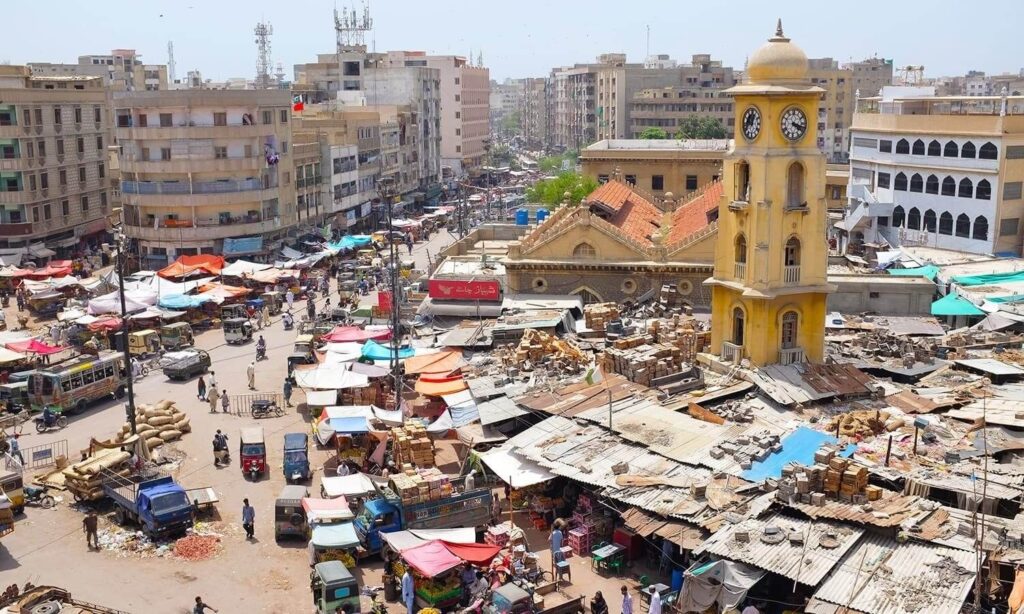
8. Karachi, Pakistan
Karachi is Pakistan’s largest city and a major economic hub, but it also has a reputation for political instability and security concerns.
The city faces issues with crime, including street crime and terrorism, which can make it dangerous for visitors. Traffic congestion, pollution, and a lack of tourist infrastructure further diminish its appeal.
While Karachi has a rich history and vibrant culture, these positive aspects are often overshadowed by its challenges.
9. Kinshasa, Democratic Republic of the Congo
Kinshasa, one of the largest cities in Africa, faces numerous challenges that make it a difficult destination for tourists.
High crime rates, political instability, and a lack of reliable infrastructure are significant concerns. Visitors may encounter issues with safety, transportation, and basic services.
While the city has a unique cultural scene and vibrant music industry, these positives are often eclipsed by the city’s numerous problems.
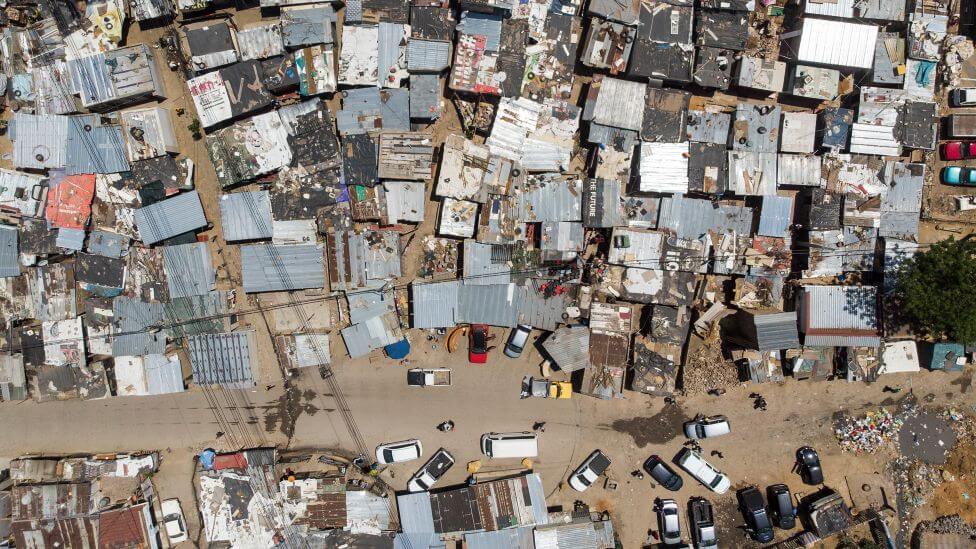
10. Johannesburg, South Africa
Johannesburg, the largest city in South Africa, has a mixed reputation among tourists.
While it is a major economic centre with a rich history and cultural attractions, it also has a high crime rate, including violent crime and theft.
Tourists need to exercise caution and be aware of their surroundings. Despite efforts to improve safety and infrastructure, Johannesburg’s challenges can make it a daunting destination for some visitors.
The Risks of Travelling to Dangerous Cities
When planning a trip to a city with known safety concerns, it’s crucial to understand the potential risks involved and take necessary precautions to ensure your safety. Here are some key risks to consider:
1. Personal Safety and Crime:
Travelling to a city with a high crime rate can expose you to risks such as robbery, assault, and theft. It’s essential to stay vigilant, avoid displaying valuables, and be cautious when exploring unfamiliar areas, especially at night. Consider using reputable transportation options and staying in secure accommodations.
2. Political Instability and Civil Unrest:
Cities experiencing political turmoil or civil unrest can be unpredictable and dangerous for travellers. Protests, strikes, and violent clashes can disrupt travel plans and pose significant safety risks. Before travelling, monitor news updates and travel advisories from reliable sources to stay informed about the current situation.
3. Health and Medical Concerns:
In some cities, access to quality healthcare may be limited, and travellers could face challenges in case of medical emergencies. Additionally, cities with poor sanitation and high pollution levels can increase the risk of health issues. Ensure you have comprehensive travel insurance and carry necessary medications and health supplies.
4. Transportation and Infrastructure Issues:
Cities with inadequate infrastructure may have unreliable public transportation, poorly maintained roads, and limited access to essential services. These challenges can make it difficult to navigate the city safely and efficiently. Plan your transportation in advance and consider hiring private or reputable services.
5. Cultural and Language Barriers:
Travelling to a city where the language and cultural norms are unfamiliar can lead to misunderstandings and potential conflicts. Learning basic phrases in the local language and understanding cultural customs can help you navigate social interactions more smoothly and avoid unintentional offences.
Precautions to Take When Visiting High-Risk Cities
If you decide to visit a city with known risks, taking the following precautions can help enhance your safety and overall travel experience:
1. Research and Plan Ahead:
Thoroughly research your destination before travelling. Familiarise yourself with the local customs, language, and areas to avoid. Plan your itinerary carefully and share it with someone you trust.
2. Stay Informed:
Keep up-to-date with news and travel advisories related to your destination. Subscribe to alerts from reliable sources and be prepared to adjust your plans if necessary.
3. Choose Safe Accommodation:
Select accommodations with good reviews and high safety standards. Opt for hotels or guesthouses with secure access, reliable staff, and good locations. Avoid staying in areas known for high crime rates.
4. Blend In:
Avoid drawing attention to yourself as a tourist. Dress modestly and inconspicuously, and avoid displaying expensive jewellery, electronics, or large amounts of cash. Keep your valuables secure and use a money belt or hidden pouch.
5. Be Cautious with Transportation:
Use reputable transportation options, such as licensed taxis or rideshare services. Avoid unmarked cabs and be cautious when using public transportation, especially during off-peak hours. Consider hiring a trusted local guide for assistance.
6. Stay Connected:
Ensure you have a working mobile phone with local emergency numbers saved. Stay in touch with family or friends and provide them with regular updates on your whereabouts. Use hotel safes to store important documents and valuables.
7. Trust Your Instincts:
If a situation or location feels unsafe, trust your instincts and leave immediately. Avoid risky areas and remain aware of your surroundings at all times. Seek help from local authorities or your country’s embassy if needed.
Conclusion
While every city has its unique charm and potential, some places pose significant challenges that can impact the travel experience.
Whether it’s due to safety concerns, pollution, or infrastructure issues, these cities often leave visitors with less-than-ideal memories.
However, with careful planning and caution, travellers can still find ways to explore and appreciate the positive aspects of these destinations. Always research thoroughly and take necessary precautions to ensure a safe and enjoyable trip.


